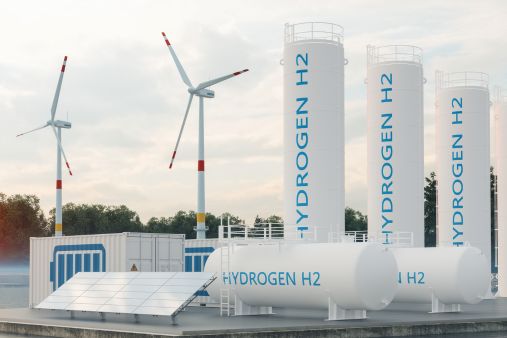Recently, Michigan has become the first state in the United States to use unmanned aerial vehicles (UAVs) to assist in a search for groundwater contamination by perfluoroalkyl and polyfluoralkyl substances (PFAS). The drone’s Forward Looking Infrared (FLIR) and regular cameras will be used to determine whether there are springs in the area being observed, which may indicate areas for future sampling efforts.
PFAS is the shorthand name given to thousands of chemicals which this blog has discussed previously as emerging contaminants. Concern has been growing that these chemicals are associated with negative health consequences across the United States. PFAS historically have been used in a wide variety of applications, from firefighting foam, food packaging, and cleaning products to more industrial usage in tanneries and clothing manufacturing.
On November 13, 2017, Michigan governor Rick Snyder authorized the creation of the Michigan PFAS Action Response Team (MPART) in an attempt to proactively respond to PFAS contamination throughout the state. Since its inception, MPART has undertaken a number of ecological surveys and other programs in its effort to effectively deal with the emerging concern over PFAS.
Michigan's Department of Environmental Quality (MDEQ) has been using UAV technology for approximately two years after adopting standards and procedures to authorize individuals within the department to operate UAVs, including those required by the Federal Aviation Administration. MDEQ also has internal policies governing more technical elements of operating UAVs, aiming to ensure that the department’s utilization of UAVs is accomplished in a safe and attentive manner. Additionally, MDEQ has a policy of gaining landowner consent prior to any UAV operation over an area.
There is interest in developing statutory amendments to Part 201 to specifically require this permission by law. The use of aerial inspection for enforcement against Michigan companies has been previously litigated in the U.S. Supreme Court (Dow Chemical Co. v. U.S. 476 US 227 (1986)), which found that unauthorized aerial photos of a facility did not violate the Fourth Amendment. While this is the first use by Michigan or others of UAV technology to assist in locating PFAS groundwater contamination, this move by MDEQ illustrates a growing trend among state agencies and municipalities to utilize UAVs in numerous ways.
This blog post was co-authored by Kenneth D. Suzan and Shane Solinger, with input from Tammy Helminski regarding PFAS and from Clifford G. Maine regarding UAVs.













